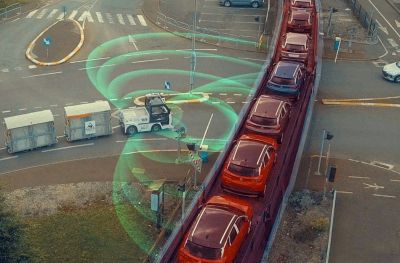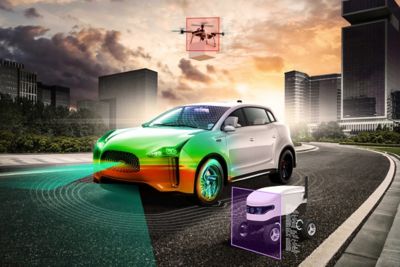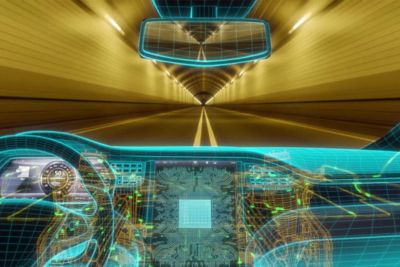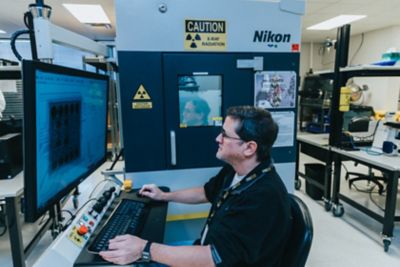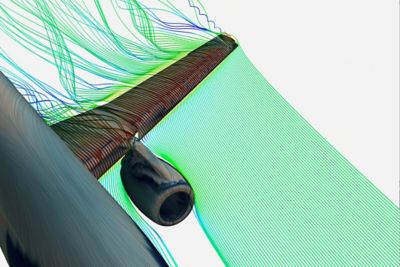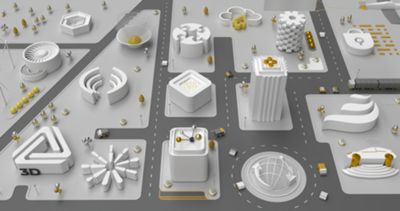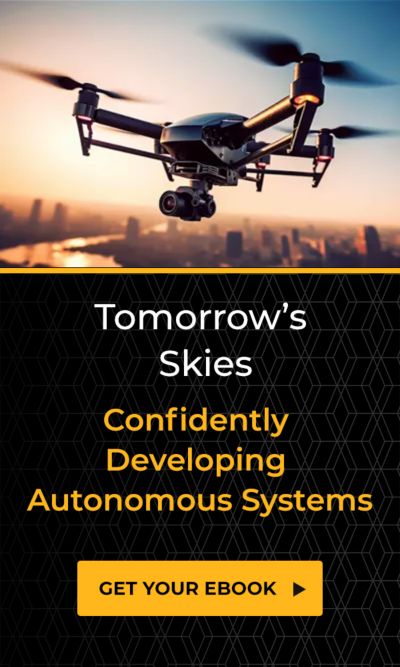-
United States -
United Kingdom -
India -
France -
Deutschland -
Italia -
日本 -
대한민국 -
中国 -
台灣
-
-
產品系列
查看所有產品Ansys致力於為當今的學生打下成功的基礎,通過向學生提供免費的模擬工程軟體。
-
Introduction to Ansys Simplorer (Self-paced Learning Available)
Tomorrow's Skies:
Confidently Developing Autonomous Systems
Following completion of this course, you will be able to:
- Understand GUI and the basic behavior of simple components
- Build up circuits setting the needed quantities for successful simulation
- Post process results
- Create control logic (state diagrams) and how to control devices
- Build new components using VHDL-AMS language and increase the component libraries
Available Dates
Learning Options
Training materials for this course are available with an Ansys Learning Hub Subscription. If there is no active public schedule available, private training can be arranged.
Self-paced Learning
Complete a class on your own schedule at your own pace. Scope is equivalent to Instructor led classes. Includes video lecture, workshops and input files. All our Self-Paced video courses are only available with an Ansys Learning Hub subscription.
Agenda
This is a 1-day classroom course covering both lectures and workshops. For virtual training, this course is covered over 2 x 2-hour sessions, lectures only.
Topics Covered
- Overview
- Basic Usage flow
- Specific Capabilities
- Basic DC/DC converter example + Parametric analysis example
- Basic DCMP Motor with expanded controller
- Basic DCMP Motor using VHDLAMS modeling
- PWM switching technique
- Subcircuits
- Transfer functions and basic control
Modules
Module 01: Basics
- Simplorer Introduction
- Nodes (conservative and non-conservative) and components
- Transient analysis
- Parametric Analysis
- Post-processing 1
- Workshop 1.1 – DC/DC Switching Circuit + Parametric Analysis
Module 02: Specific Usage
- Naming conventions and Syntax
- Dedicated Blocks
- State Machines
- Workshop 2.1 – DCMP Motor Control
- Workshop 2.2 – Single phase inverter with Hysteresis (Bang-Bang) Control
Module 03: Sub-circuits and Transfer Functions
- Subcircuits
- Ports
- Transfer function Blocks (SML and VHDL)
- Post-Processing 2
- Workshop 3.1 – Transfer Functions and feedback control
- Workshop 3.2 – Subcircuit
Module 04: VHDL-AMS, Libraries, Non-Linearities
- VHDL-AMS components
- Libraries management
- Semiconductor Device Characterization
- Non linear Components
- Workshop 4.1 – VHDL-AMS components and export to library
- Workshop 4.2 – Nonlinear resistor
